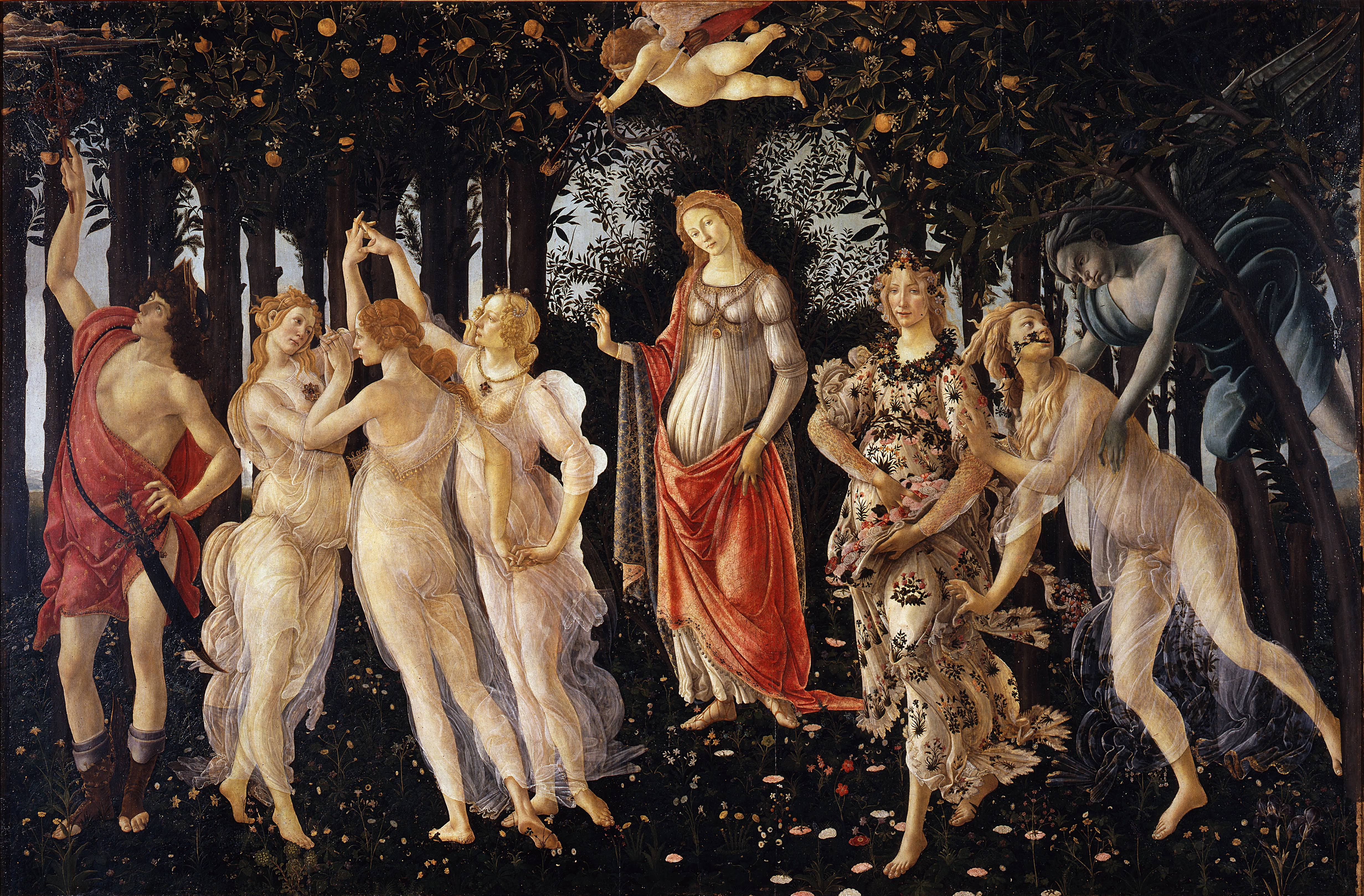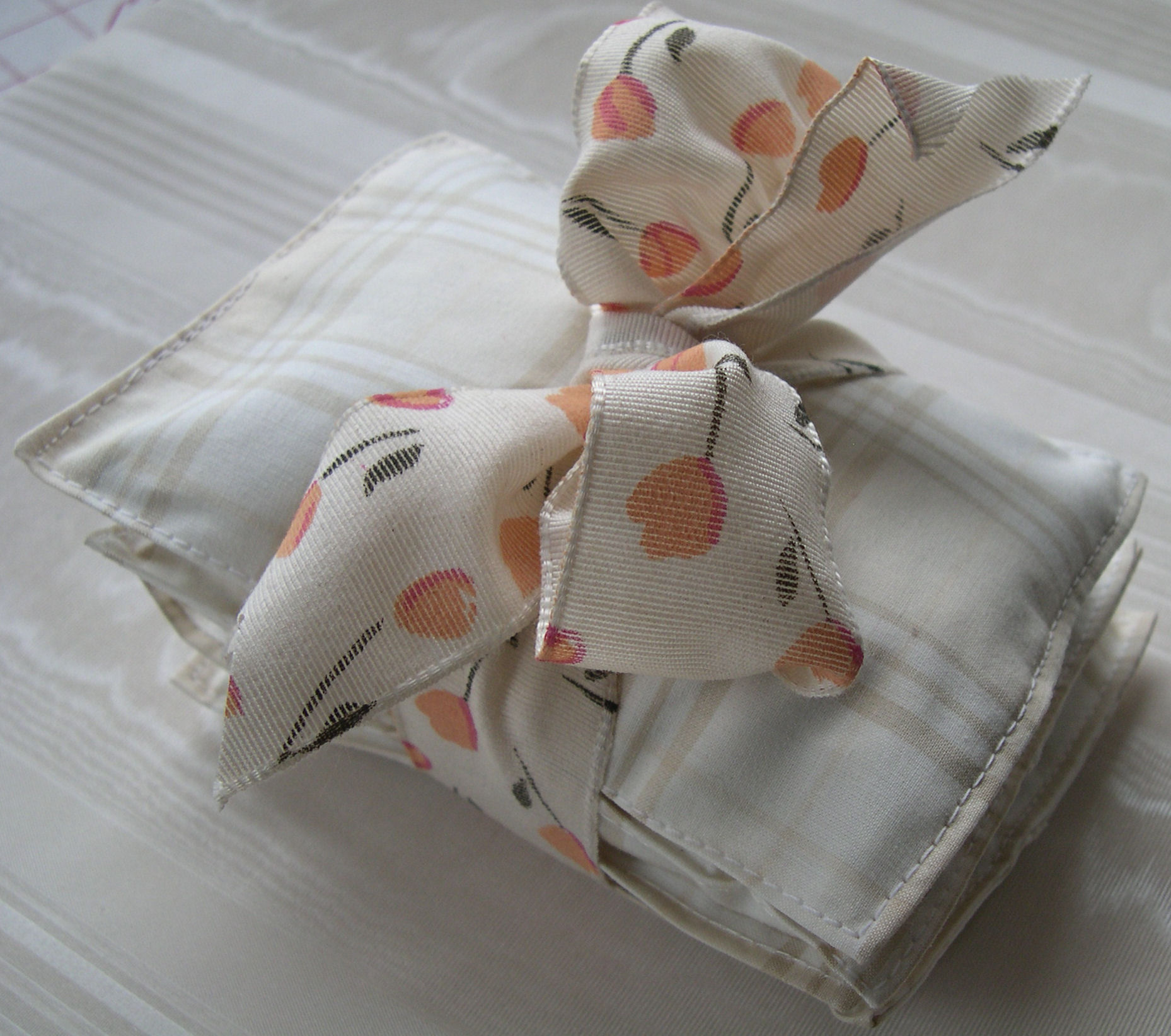|
Nosegay
A nosegay, posy, or tussie-mussie is a small flower bouquet. They have existed in some form since at least medieval times, when they were carried or worn around the head or bodice. Doilies are traditionally used to bind the stems in these arrangements. Alternatively, "posy holders", available in a variety of shapes and materials (although often silver), enable the wearing of these arrangements "at the waist, in the hair, or secured with a brooch". The term ''nosegay'' arose in fifteenth century Middle English as a combination of ''nose'' and ''gay'' (the latter then meaning "ornament"). A ''nosegay'' is, thus, an ornament that appeals to the nose or nostril. The term (also ) comes from the reign of Queen Victoria (1837–1901), when the small bouquets became a popular fashion accessory. Typically, tussie-mussies include floral symbolism from the language of flowers and therefore may be used to send a message to the recipient. In modern times, the term specifically refers to ... [...More Info...] [...Related Items...] OR: [Wikipedia] [Google] [Baidu] |
Flower Bouquet
A flower bouquet is a collection of Flower, flowers in a creative arrangement. Flower bouquets can be arranged for the decor of homes or public buildings or may be handheld. Several popular shapes and styles classify handheld bouquets, including nosegay, crescent, and cascading bouquets. Flower bouquets are often given for special occasions such as Birthday, birthdays, Anniversary, anniversaries or Funeral, funerals. They are also used extensively in Wedding, weddings and at Olympics, the Olympic Medal Ceremonies. Bouquets arranged in vases or planters for home decor can be placed in traditional or modern styles. According to the culture, symbolism may be attached to the types of flowers used. History The arrangement of flowers for home or building decor has a long history worldwide. The oldest evidence of formal arranging of bouquets in vases comes from ancient Egypt, and depictions of flower arrangements date to the Old Kingdom (~2500 BCE). The sacred lotus, as were herbs, palm ... [...More Info...] [...Related Items...] OR: [Wikipedia] [Google] [Baidu] |
Corsage
A corsage is a small bouquet of flowers worn on a woman's dress or around her wrist for a formal occasion. They are typically given to her by her date. Today, corsages are most commonly seen at homecomings, proms, and similar formal events. In some countries, similar ornaments are worn by the mothers and grandmothers of the bride and groom at a wedding ceremony.Wedding Glossary Terms Retrieved on April 29, 2009 Flowers worn by men are generally called buttonholes or boutonnières. At school events such as homecoming or prom, male-female couples generally coordinate the corsage and [...More Info...] [...Related Items...] OR: [Wikipedia] [Google] [Baidu] |
Language Of Flowers
Floriography (language of flowers) is a means of cryptological communication through the use or arrangement of flowers. Meaning has been attributed to flowers for thousands of years, and some form of floriography has been practiced in traditional cultures throughout Europe, Asia, and Africa. History According to Jayne Alcock, grounds and gardens supervisor at the Walled Gardens of Cannington, the renewed Victorian era interest in the language of flowers finds its roots in Ottoman Turkey, specifically the court in Constantinople and an obsession it held with tulips during the first half of the 18th century. In the 14th century, the Turkish tradition sélam had an influence on the language of flowers. Sélam was a game of gifting flowers and objects to send a message, the interpretation of the message revealed through rhymes. During the Victorian age, the use of flowers as a means of covert communication coincided with a growing interest in botany. The floriography craze ... [...More Info...] [...Related Items...] OR: [Wikipedia] [Google] [Baidu] |
Ring A Ring O' Roses
"Ring a Ring o' Roses", also known as "Ring a Ring o' Rosie" or "Ring Around the Rosie", is a nursery rhyme, traditional music, folk song, and playground game. Descriptions first appeared in the mid-19th century, though it is reported to date from decades earlier. Similar rhymes are known across Europe, with varying lyrics. It has a Roud Folk Song Index number of 7925. The origin of the song is unknown, and there is no evidence supporting the popular 20th-century interpretation linking it to the Great Plague of London, Great Plague or earlier outbreaks of bubonic plague in England. Lyrics The origins and earliest wording of the rhyme remain unknown. In many versions of the game, a group of children forms a ring, circle dance, dances in a circle around one person, and then stoops or curtsies on the final line. The slowest child to perform this action may face a penalty or become the "rosie" (literally: rose tree, from the French ''rosier''), taking their place in the ... [...More Info...] [...Related Items...] OR: [Wikipedia] [Google] [Baidu] |
Floral Design
Floral design or flower arrangement is the art of using plant material and flowers to create an eye-catching and balanced composition or display. Evidence of refined floral design is found as far back as the culture of ancient Egypt. Floral designs, called arrangements, incorporate the Floral design#Design, five elements and seven principles of floral design.Book of Floral Terminology, AIFD Floral design is considered a section of floristry. But floral design pertains only to the design and creation of arrangements. It does not include the marketing, merchandising, caring of, growing of, or delivery of flowers. Common flower arrangements in floral design include vase arrangements, wreaths, nosegays, garland (decoration), garlands, festoons, boutonnieres, corsages, and flower bouquet, bouquets. History The Eastern, Western, and European styles have all influenced the commercial floral design industry as it is today. Western design historically is characterized by symmetrical ... [...More Info...] [...Related Items...] OR: [Wikipedia] [Google] [Baidu] |
The Nosegay LCCN2002710681
''The'' is a grammatical article in English, denoting nouns that are already or about to be mentioned, under discussion, implied or otherwise presumed familiar to listeners, readers, or speakers. It is the definite article in English. ''The'' is the most frequently used word in the English language; studies and analyses of texts have found it to account for seven percent of all printed English-language words. It is derived from gendered articles in Old English which combined in Middle English and now has a single form used with nouns of any gender. The word can be used with both singular and plural nouns, and with a noun that starts with any letter. This is different from many other languages, which have different forms of the definite article for different genders or numbers. Pronunciation In most dialects, "the" is pronounced as (with the voiced dental fricative followed by a schwa) when followed by a consonant sound, and as (homophone of the archaic pronoun ''thee' ... [...More Info...] [...Related Items...] OR: [Wikipedia] [Google] [Baidu] |
Sachet
Although its most usual definition is that listed under "packet" (see link above), a sachet can also mean a small scented cloth bag filled with herb Herbs are a widely distributed and widespread group of plants, excluding vegetables, with savory or aromatic properties that are used for flavoring and garnishing food, for medicinal purposes, or for fragrances. Culinary use typically distingu ...s, potpourri, or Aroma compound, aromatic ingredients; or a small porous bag or packet (container), packet containing a material intended to interact with its atmosphere; for example, desiccants are usually packed in sachets which are then placed in larger packages. Cultural history During the Chinese Warring States period a scented sachet (Hebao, xiangbao) was an ornament worn on the body and used to absorb sweat, repel insects and ward off evils. In medieval Europe the sachet was known as a "plague-bag". In various Indian cuisines, a "potli bag" is used to contain whole spices ... [...More Info...] [...Related Items...] OR: [Wikipedia] [Google] [Baidu] |
Floristry
Floristry is the production, commerce, and trade in flowers. It encompasses flower care and handling, floral design, floral design and arrangement, merchandising, production, display and flower delivery. Wholesale florists sell bulk flowers and related supplies to professionals in the trade. Retail florists offer fresh flowers and related products and services to consumers. The first flower shop in the United States opened prior to 1851. Floristry concerns the floriculture, cultivation of flowers as well as their arrangement and sale. Much of the raw material supplied for the floristry trade comes from the cut flowers industry. Florist shops, along with online stores, are the main flower-only outlets, but supermarkets, Garden center, garden supply stores, and filling stations also sell flowers. Floral design or floral arts is the art of creating flower arrangements in vases, bowls, baskets, or other containers, or making Flower bouquet, bouquets and compositions from cut flo ... [...More Info...] [...Related Items...] OR: [Wikipedia] [Google] [Baidu] |
White Wedding
A white wedding is a traditional formal wear, formal or semi-formal wear, semi-formal wedding originating in Great Britain. The term originates from the white colour of the wedding dress, popularised by Victorian era elites after Queen Victoria wore a white lace dress at her Wedding of Queen Victoria and Prince Albert of Saxe-Coburg and Gotha, 1840 wedding to Albert, Prince Consort, Prince Albert. The white wedding style was given another significant boost in 1981, when 750 million people watched Wedding of Prince Charles and Lady Diana Spencer, the wedding of Diana, Princess of Wales, Diana Spencer to Charles III, Charles, Prince of Wales, which saw her wear Wedding dress of Lady Diana Spencer, an elaborate white taffeta dress with an 8 m train. The full white wedding experience today typically requires the family to arrange for or purchase printed or engraved wedding invitations, musicians, decorations such as flowers or candles, clothes and flowers for bridesmaids, groomsmen, ... [...More Info...] [...Related Items...] OR: [Wikipedia] [Google] [Baidu] |
Fashion Accessory
In fashion, an accessory is an item used to contribute, in a secondary manner, to an individual's outfit. Accessories are often chosen to complete an outfit and complement the wearer's look. They have the capacity to further express an individual's identity and personality. Accessories come in different shapes, sizes, hues, etc. The term came into use in the 16th century. Types Fashion accessories may be loosely categorized into two general areas: carried accessories and worn accessories. Carried accessories include purses and handbags, hand fans, parasols and umbrellas, wallets, canes, and ceremonial swords. Worn accessories include cravats, ties, hats, bonnets, belts and suspenders, gloves, muffs, necklaces, bracelets, watches, eyewear, sashes, shawls, scarves, lanyards, socks, pins, piercings, rings, stockings and hair ties. Shoes, boots, sneakers, and all types of footwear are not accessories but 'wear for the foot'. The type of accessory that an ... [...More Info...] [...Related Items...] OR: [Wikipedia] [Google] [Baidu] |
Victoria Of The United Kingdom
Victoria (Alexandrina Victoria; 24 May 1819 – 22 January 1901) was Queen of the United Kingdom of Great Britain and Ireland from 20 June 1837 until Death and state funeral of Queen Victoria, her death in January 1901. Her reign of 63 years and 216 days, which was List of monarchs in Britain by length of reign, longer than those of any of her predecessors, constituted the Victorian era. It was a period of industrial, political, scientific, and military change within the United Kingdom of Great Britain and Ireland, United Kingdom, and was marked by a great expansion of the British Empire. In 1876, the British parliament voted to grant her the additional title of Empress of India. Victoria was the daughter of Prince Edward, Duke of Kent and Strathearn (the fourth son of King George III), and Princess Victoria of Saxe-Coburg-Saalfeld. After the deaths of her father and grandfather in 1820, she was Kensington System, raised under close supervision by her mother and her Comptrol ... [...More Info...] [...Related Items...] OR: [Wikipedia] [Google] [Baidu] |










